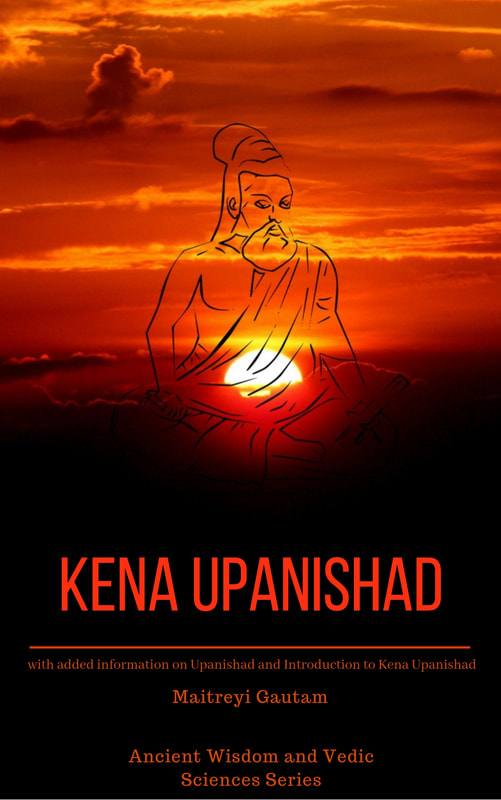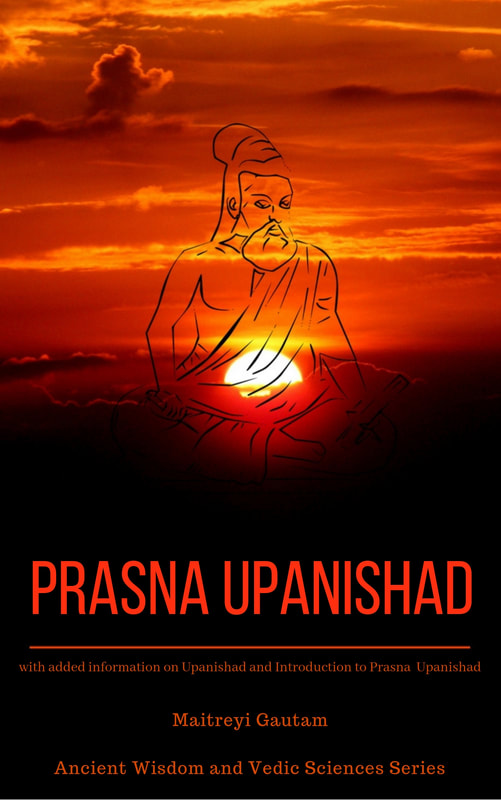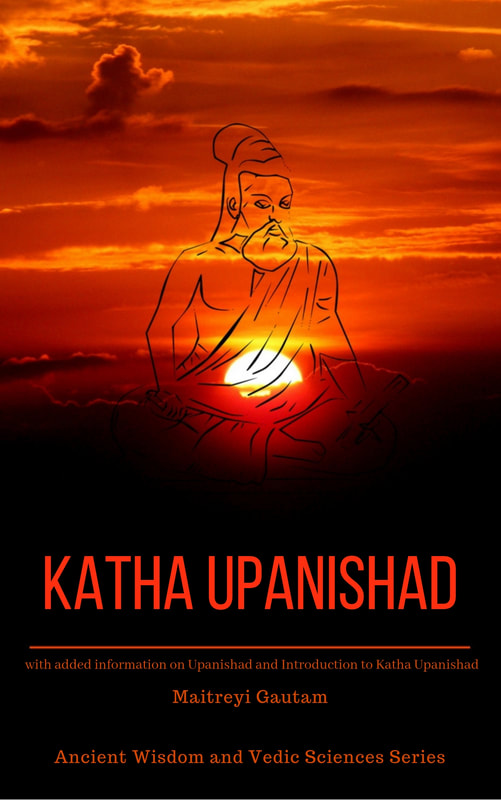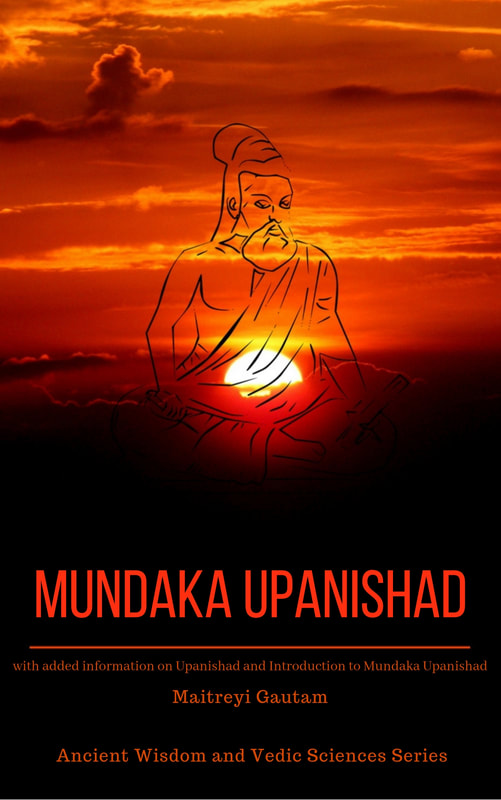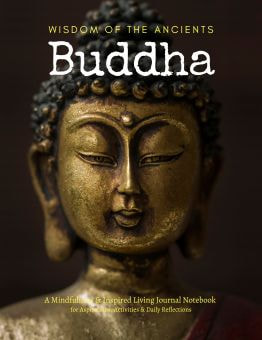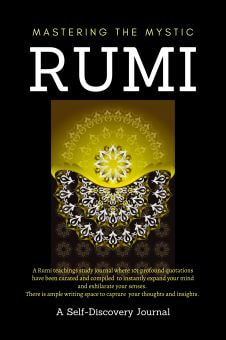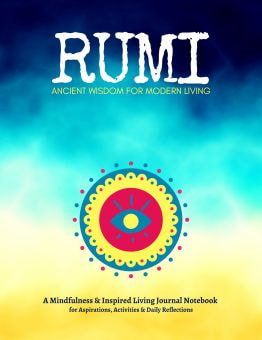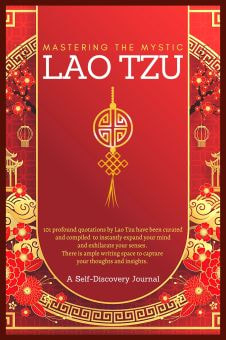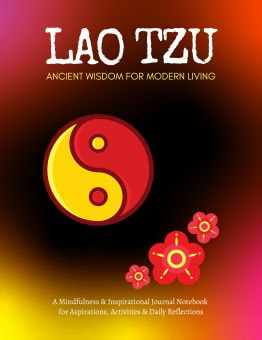The day is significant for its association with the legend of Lord Krishna defeating the demon Narakasura. The demon had become a menace to the gods and earthlings, and his defeat by Krishna symbolizes the victory of good over evil. The celebration of this victory is a reminder of the light overcoming darkness and the upliftment of spiritual darkness.
On Kali Chaudas, it is traditional to bathe before sunrise with an ubtan—a paste made from sesame oil, herbs, and flowers. This ritual bath is said to purify and cleanse the body and spirit, and it is believed to protect one from untimely death. People also perform tarpan, a ritual to appease the souls of their ancestors.
Goddess Kali is worshipped on this day, and her blessings are sought to protect from the evil and negative energies. The worship of Kali conveys a message that those who are wicked to others will come to a ruinous end, similar to the fate of Narakasura. In regions where Goddess Kali is venerated, the day is marked with fervent prayers, offerings, and sacrifices to the goddess.
Moreover, Kali Chaudas is a day to abolish laziness and evil which create hell in our life and shine light on life. The practices and rituals on this day are designed to expel the laziness and evil which create a hellish experience in our lives. The lighting of diyas on Kali Chaudas is also significant as it seeks to dispel the darkness with enlightenment.
In essence, Kali Chaudas is a day that encourages introspection and self-awareness, urging people to eliminate their inner darkness and move towards the light of knowledge and truth. It sets the stage for Diwali, the grand festival of lights, which follows it.













